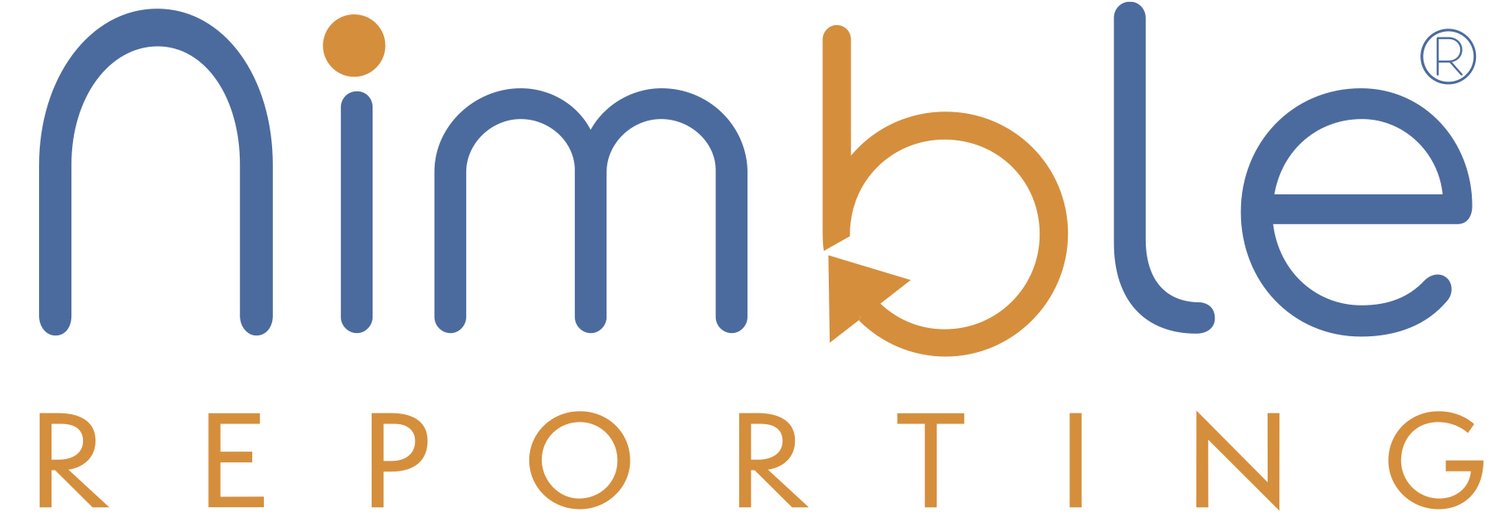How to Safely Onboard New Businesses and Employees for Payroll Services
In this open Internet environment where sensitive information is the prize of hackers around the world, extra care should be taken to safeguard private information. When it comes to organizations and their employees, payroll services should be incredibly vigilant because of the access they have to some of a family or individual’s critical private data. This is a excellent article written by a payroll and HR compliance expert who details the steps necessary to safeguard this information. We found this to be an extremely enlightening and stimulating read.
Automating Know Your Customer (KYC) and Know Your Business (KYB) checks are vital for payroll service companies.
In the fast-paced, ever-evolving world of finance, the role of payroll service companies is more vital than ever. However, with this pivotal role comes the increased responsibility and risk of managing sensitive data. Automating Know Your Customer (KYC) and Know Your Business (KYB) checks are vital for payroll service companies. Moreover, with the growing threat of cybercrime, Account Takeover Protection serves as a necessary shield, guarding against unwanted intrusions. And wouldn’t it be great if we could make instant credit underwriting and decisioning as seamless as snapping our fingers? With the right tools, that’s no longer a far-fetched dream. All these measures are key in preventing fraud, ensuring smooth transactions, and fostering a trust-filled relationship with clients. So, why exactly do payroll service companies need to embrace these automation and protection strategies? Let’s dive into the specifics.
KYC Automation for Payroll Services
Rapid technological advancements have transformed the finance world, and payroll systems are not exempt from this revolution. Central to this transformation is the automation of Know Your Customer (KYC) procedures.
First, what is KYC? KYC is a process that businesses use to verify the identity of their customers. In the context of payroll, KYC involves verifying the identity of employees to ensure that they are who they claim to be. This can include verifying their name, address, date of birth, and other personal information, e.g., bank accounts. On the other hand, KYB requires payroll providers to verify the business, its identification, true industry, etc. Additionally, UBO (Ultimate Business Owner) verification is required for business owners.
Traditional KYC Processes: Traditionally, KYC procedures have been manual, time-consuming, and prone to human error. They would involve physical documents and in-person verification, a process that could take days, if not weeks.
KYC Automation: A Modern Approach: Automation technology has brought about a sea change in KYC procedures. Automated KYC systems leverage technologies like AI and machine learning to quickly and accurately verify identities, reducing the need for manual intervention.
The Benefits of KYC Automation
One of the main reasons to adopt a modern, automated approach to KYC is for fraud prevention. Fraudulent activities such as identity theft and fake employee accounts can cost businesses millions of dollars each year. By implementing KYC, businesses can ensure that only legitimate employees are paid and that their personal information is secure.
Enhanced Security: KYC automation greatly enhances the security of payroll systems. It can help detect and prevent fraudulent activities more effectively than manual processes.
Increased Efficiency: Automated KYC processes can verify the identities of employees or contractors almost instantly, saving valuable time and resources.
Cost Savings: By reducing the need for manual intervention, KYC automation can also lead to significant cost savings.
Regulatory Compliance: Another benefit of payroll KYC is that it can help businesses comply with regulatory requirements. Many countries have laws and regulations in place that require businesses to verify the identity of their employees. By implementing KYC procedures and policies, businesses can ensure they meet these requirements and avoid potential legal issues.
KYB Automation for Payroll services
Know Your Business (KYB) is a process used by businesses to verify the identity and assess potential risks of other businesses they are dealing with. Just like how Know Your Customer (KYC) operates for individuals, KYB works for businesses. KYB checks are vital for businesses to ensure compliance, identify business relationships, and mitigate potential risks. Essentially, it helps maintain a secure and trusted business environment.
Benefits of KYB Automation
Efficiency and Accuracy: KYB automation enhances the efficiency and accuracy of payroll services. It accelerates the process of business verification and reduces the chances of manual error.
Compliance and Security: With KYB automation, businesses can ensure they comply with legal requirements while enhancing their security measures. This reduces the risk of fraud and increases trust in business relationships.
Business & Employee Account Takeover
Securing your account is absolutely essential in this day and age of technology. With cyber threats on the rise, one sector that has become a significant target is payroll. Here, we delve into account takeover and why payroll services must stay protected.
What is Account Takeover (ATO)?
An account takeover refers to illegally acquiring authorized users’ account credentials. These attacks typically aim to gain unauthorized access to personal or financial information, posing significant risks.
Account Takeover Threats
Account takeover attacks have seen an alarming rise in recent years. These attacks often use sophisticated methods to deceive users and steal their login credentials.
These attacks come in various forms, including phishing, credential stuffing, and man-in-the-middle attacks. Each requires unique strategies for prevention.
Phishing Attacks: Phishing is a deceitful method where fraudsters, typically through email or instant messaging, present themselves as legitimate institutions. They craft cunning, persuasive messages to trick payroll service employees or clients into disclosing sensitive information, such as login credentials or credit card numbers. It’s an abhorrently effective strategy that exploits the human element of security systems.
Credential Stuffing: This form of cyber-attack relies on the unfortunate, widespread practice of password reuse across various services. Cybercriminals deploy automated scripts to attempt unauthorized access to multiple accounts using stolen or leaked credentials. It’s a reprehensible yet technically straightforward assault that can cripple payroll services and compromise user data en masse.
Man-in-the-Middle Attacks: In this type of attack, a malicious actor intercepts the communication between two parties to pilfer sensitive data. It’s a stealthy, sophisticated exploitation of the communication channels, where the perpetrator can eavesdrop, manipulate or even halt the data exchange. In the context of payroll services, this can lead to severe breaches of trust and substantial financial losses.
What is the Impact of Account Takeover on Payroll Services?
Financial Impact: Account takeover can lead to substantial financial losses, as attackers often reroute payroll to different accounts.
Data Privacy Impact: In addition to financial implications, these attacks can lead to significant data privacy breaches, exposing sensitive employee information.
Reputational Impact: Companies suffering account takeovers may also face reputational damage, which can lead to a loss of trust and clientele.
Strategies to Prevent Account Takeover
User Awareness and Education: The first line of defense against account takeover is user awareness. Training users to recognize potential threats is essential in preventing these attacks.
Secure Authentication Methods: Incorporating secure authentication methods like two-factor authentication and password management can significantly reduce the risk of account takeovers.
Device-Based Biometrics: Biometrics, such as fingerprint and facial recognition, and location-based login data can add an extra layer of security, making it harder for cyber attackers to gain unauthorized access.
Use of Security Tokens: Security tokens, generating random codes for authentication, can help mitigate the risk of account takeovers.
Credit Underwriting and Decisioning for Payroll Software
Business credit underwriting is an essential process in the financial industry, specifically during the onboarding of a new business to a payroll service. It involves a rigorous analysis of a company’s financial health, credit history, and overall risk profile to determine its creditworthiness. This assessment is vital as it evaluates the business’s ability to meet its financial obligations, thereby mitigating potential risks to the payroll service provider. In a sense, it’s akin to laying a firm foundation before building a house. Without solid groundwork in the form of robust business credit underwriting, payroll services could potentially face financial losses or damaged reputations due to a client’s default or fraudulent activities. Therefore, business credit underwriting is not a mere option but an indispensable part of the onboarding process in the payroll service industry.
Fraud Prevention for Payroll Services
Now, let’s talk about fraud prevention. Payroll fraud can take many forms, including ghost employees and unauthorized changes to employee information. By implementing robust verifications at the time of either onboarding employees or when their information changes, businesses can detect and prevent these types of fraud. For example, if an employee’s personal information does not match the information on file, it could be a sign of identity theft or a fake employee account.
One of the biggest challenges payroll services experience is the manual aspect of onboarding businesses and their employees. Additionally, in the case of small businesses that haven’t existed for a long time, underwriting those businesses or their owners adds additional complexity. What if an employee wants to change some information? Not having the technology to instantaneously allow that without worrying about the risk it exposes payroll providers to. Additional complexity comes from the fact that no single data provider has the coverage so they all end up building multiple integrations with complex workflows for onboarding and change management, leading to siloed information and lack of scale. In the case of global payroll providers, this challenge is only magnified by the complexity of understanding the KYC rules across the geographies and then standardizing those. How do we screen across multiple sanctions lists, watchlists, etc? All of these security threats can be solved with technology.


